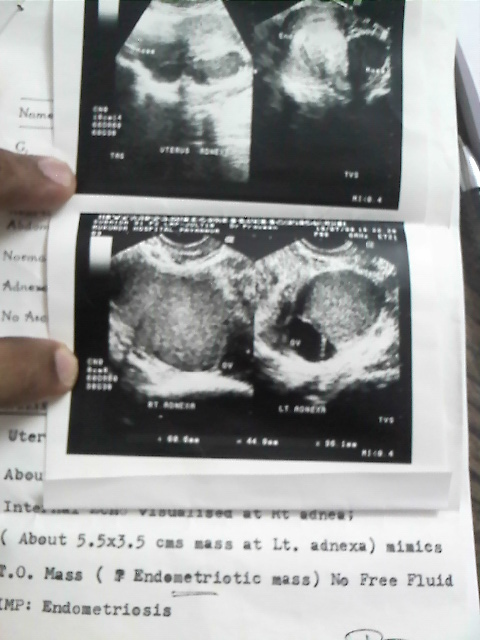Variability and Reactivity: Variability is the result of fluctation of basal output of parasympathetic output from brain (Basal Ganglia), which is a sign of healthy brain. A depressed brain will have low intrensic activity (due to depressed reticular activating system). Reticular Activating System also controls sleep-awake cycle, so, it's depressed and we get reduced variability during fetal sleep also.
Reactivity is due to activation of fetal Sympathetic system during fetal movements. Sympathetic system is a crisis management system, and it accelerates the heart in anticipation of increased energy requirements. (not due to actual increased need, as reactivity occurs even with a small movement, which will not increase the oxygen demand in the fetus). During fetal Sleep, the motor system activity and activation of sympathetic system is low too, and as a result there will be no reactivity.
Deceleration: 3 types of decelerations :
Early Deceleration - is due to head compression in late labor, which creates a increased intracranial pressure, which increases fetal blood pressure by cushings reflex, which reduces the heart rates by means of nervous reflex from baroreceptors in Aorta. So, early deceleration indicates a healthy nervous system, and like variability and reactivity may be a sign of fetal well being, and it's absence is ominous.
Late Deceleration - is due to fetal hypoxia. When placental function is strained, during uterine contractions, there is a drop in fetal oxygen pressure, which depresses the fetal heart, and reduces the rate. Because fetus is yet unaffected during uterine relaxation, it forewarns the fetal hypoxia which is still occuring only during contractions, which may become more severe if contractions become harder and labor gets prolonged. Appropriate actions may be taken if labor is expected to take long time.
Variable Deceleration - is due to cord compression. variable deceleration can occur irrespective of presence or timing of uterine contractions. It can be distinguished by the shape of the curve, which is quite irregular and deep, and has two shoulders, which are initial and end accelerations. Initially, when cord is lightly compressed, the vein is occluded, which decreases fetal cardiac preload, causing fall in cardiac output, and there's mild tachycardia as a response (1st shoulder). Then the arteries are compressed, which increases the fetal blood pressure (compressing the fetal umbilical artery is like directly compressing it's aorta, as most of the flow from aorta goes to internal ileac, then to umbilical arteries), and causes reflex fetal bradycardia. The amount of bradycardia is proportional to fetal hypertension, which is proportional to umbilical compression, which is usually severe, abrupt, and irregular. At the end of compression, there's a phase, where arteries are released, but thinner veins are compressed, causing tachycardia.
Though any cord is liable for compresson, cords of IUGR babies, because they are thinner, than because of pausity of amniotic fluid, are more likely to be compressed. Though variable deceleration is not a direct result of fetal hypoxia, repeated compression, especially in a IUGR baby, can cause fetal hypoxia.
Case 1:
Early decelerations in Late labour. Patient delivered a healthy baby after one hour. (toco probes not kept properly, diagnosed as early by timing manually with patient's contractions)
case 2:
variable decelerations in early labor in a second gravida. delivered by CS, baby depressed, but recovered well.




